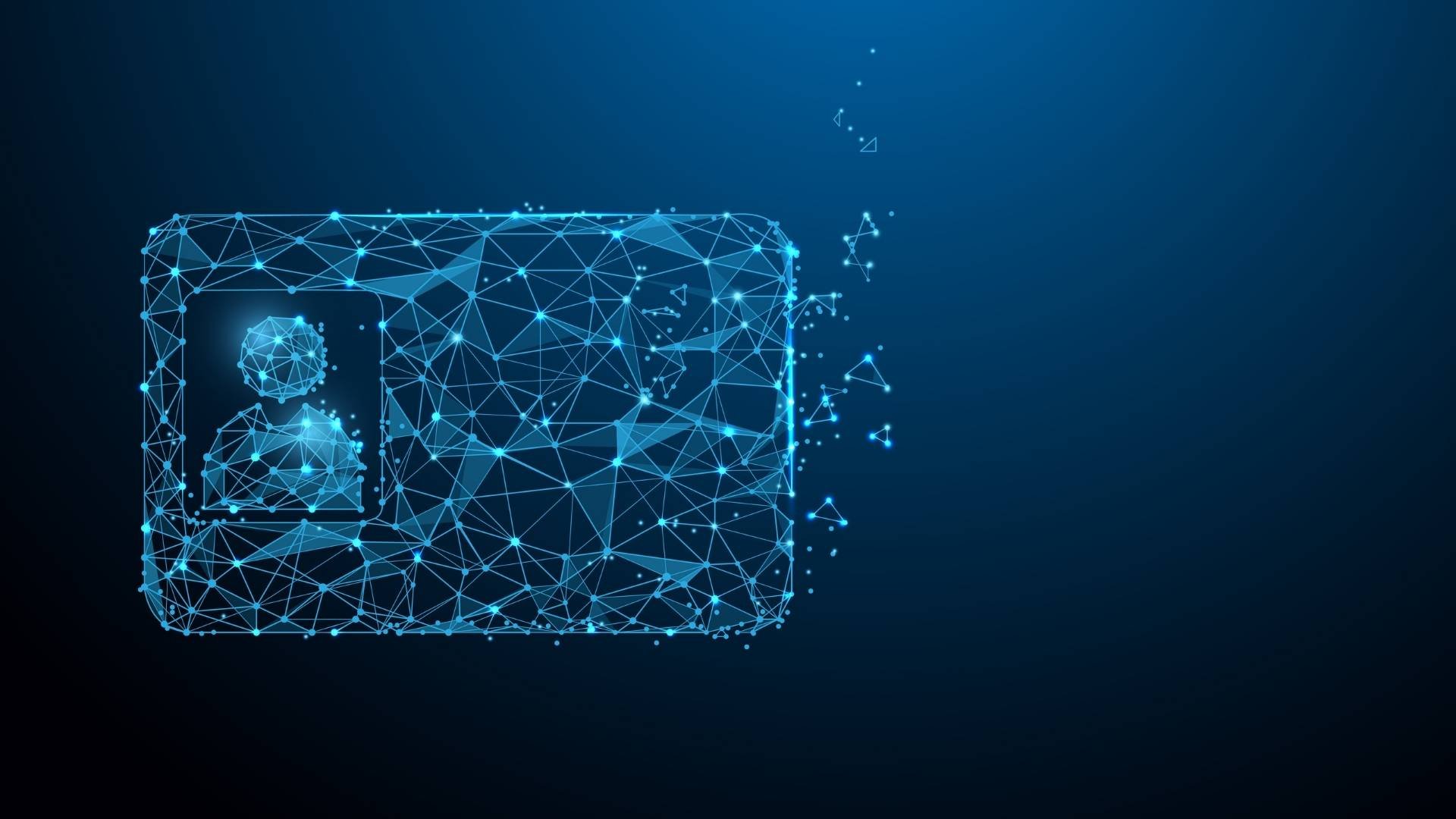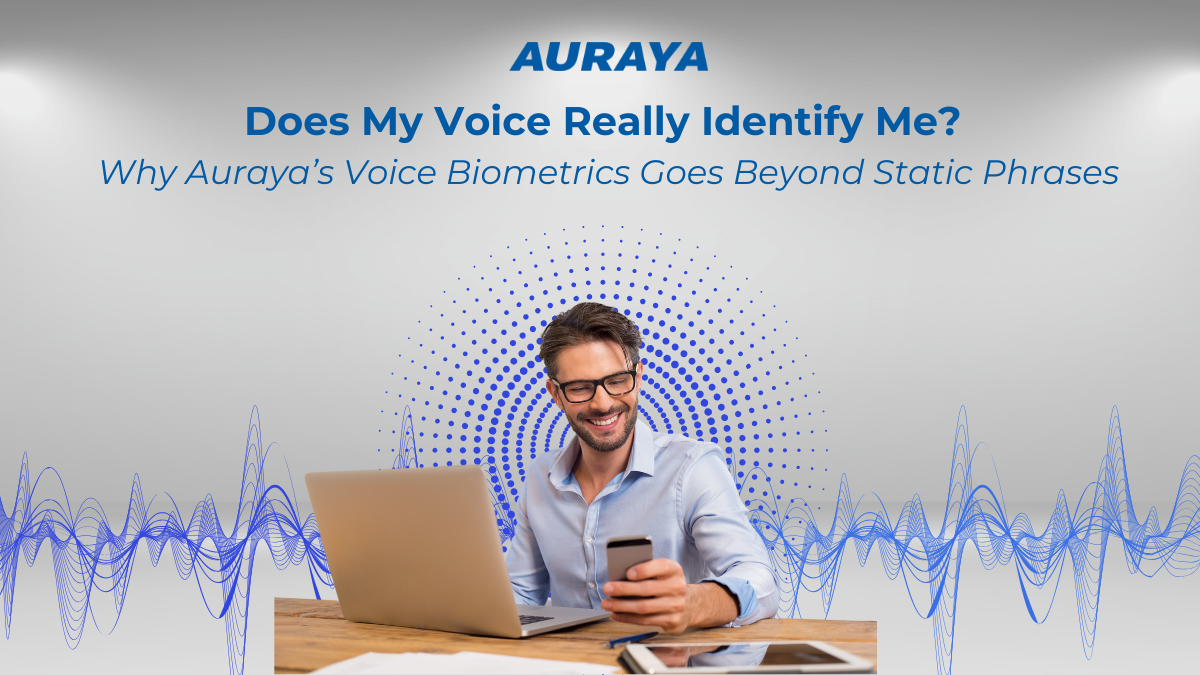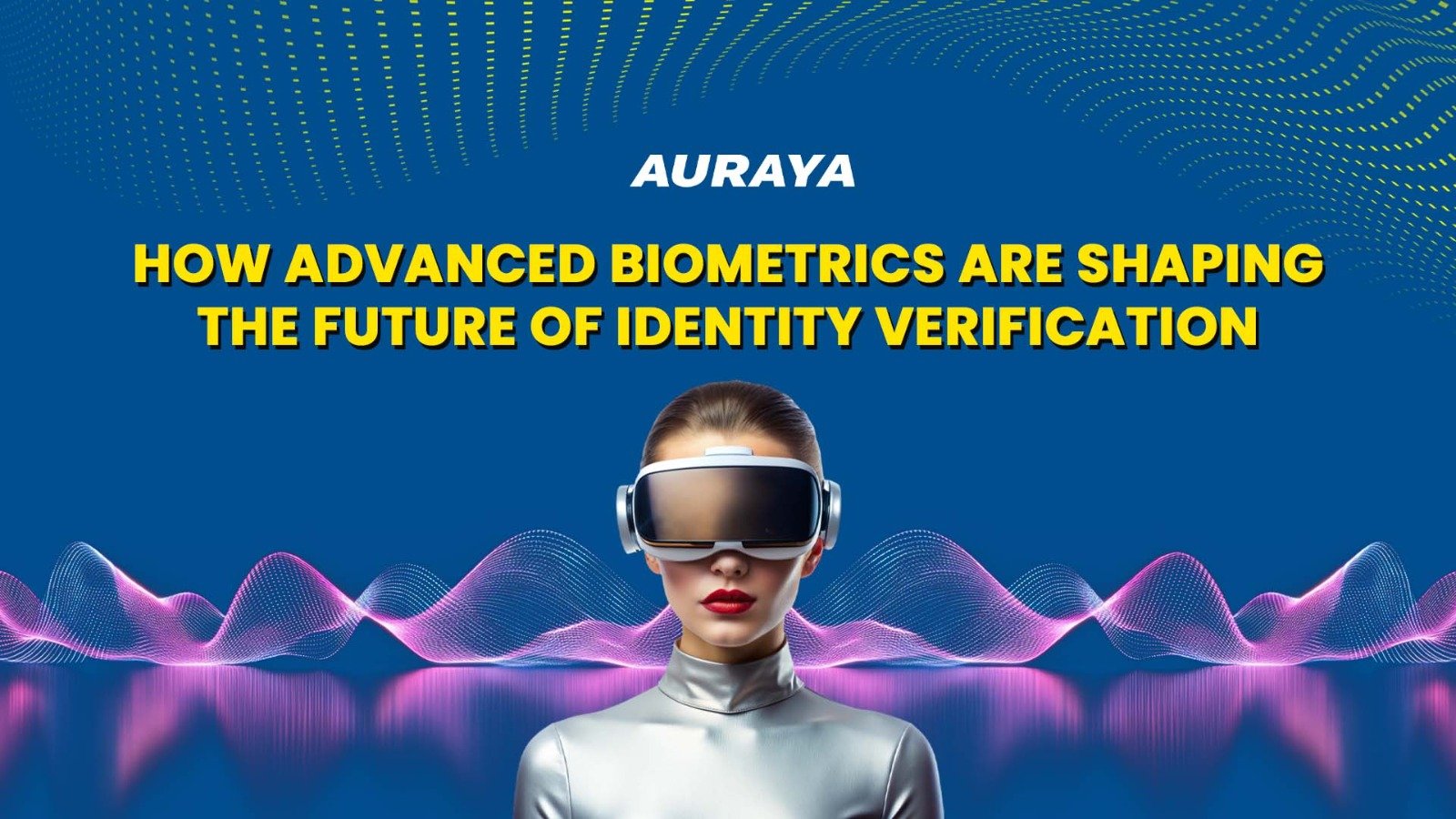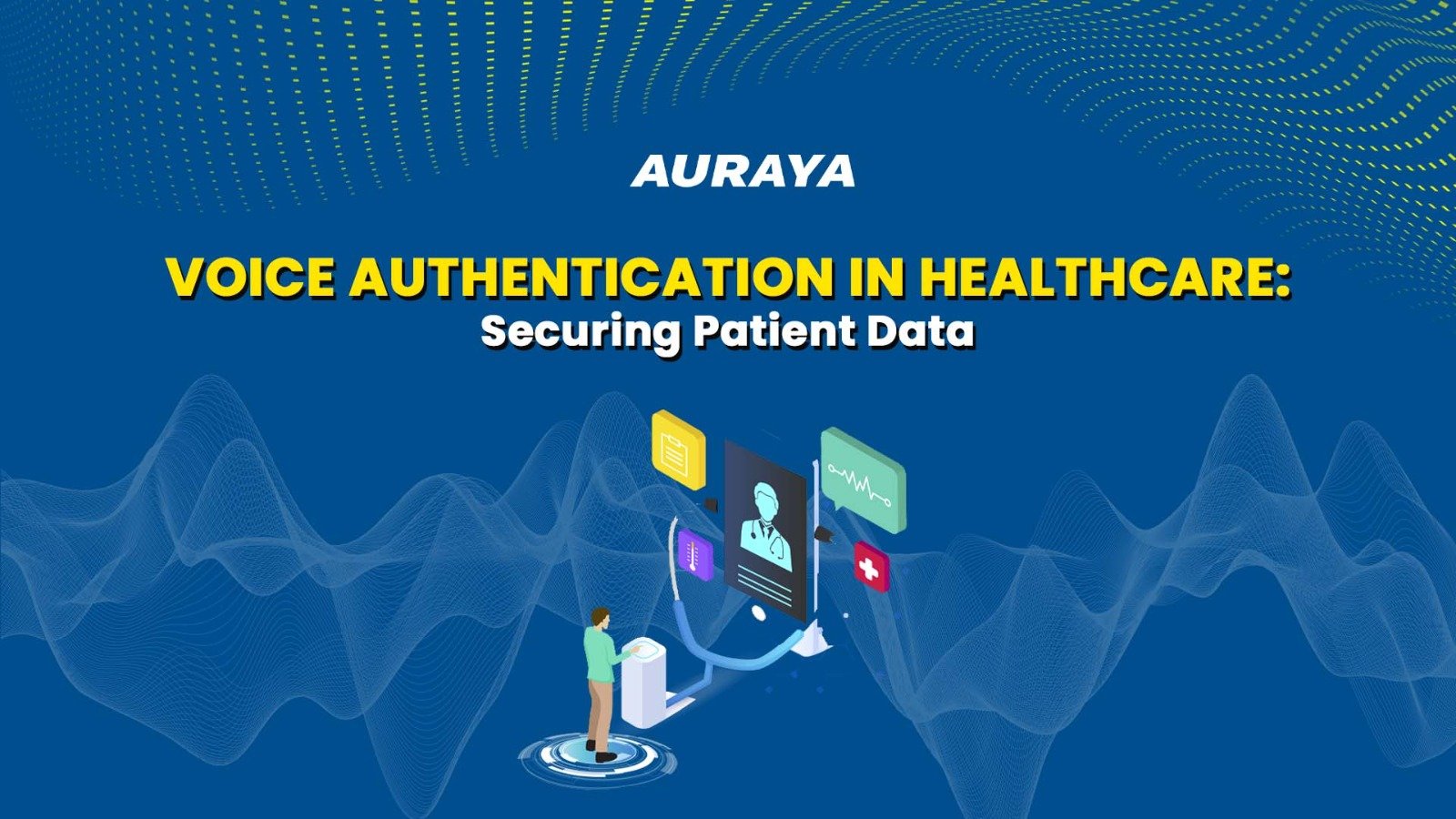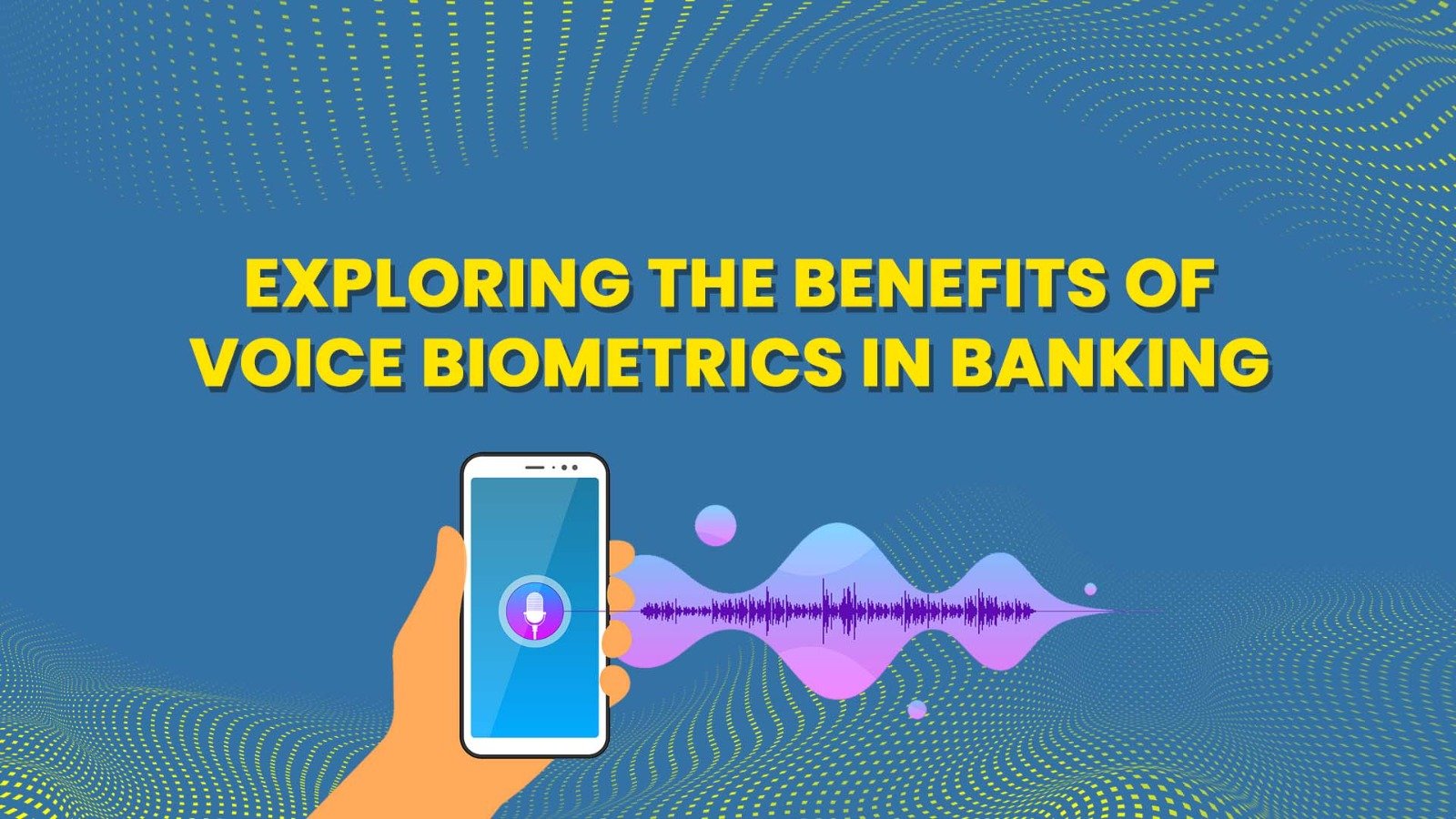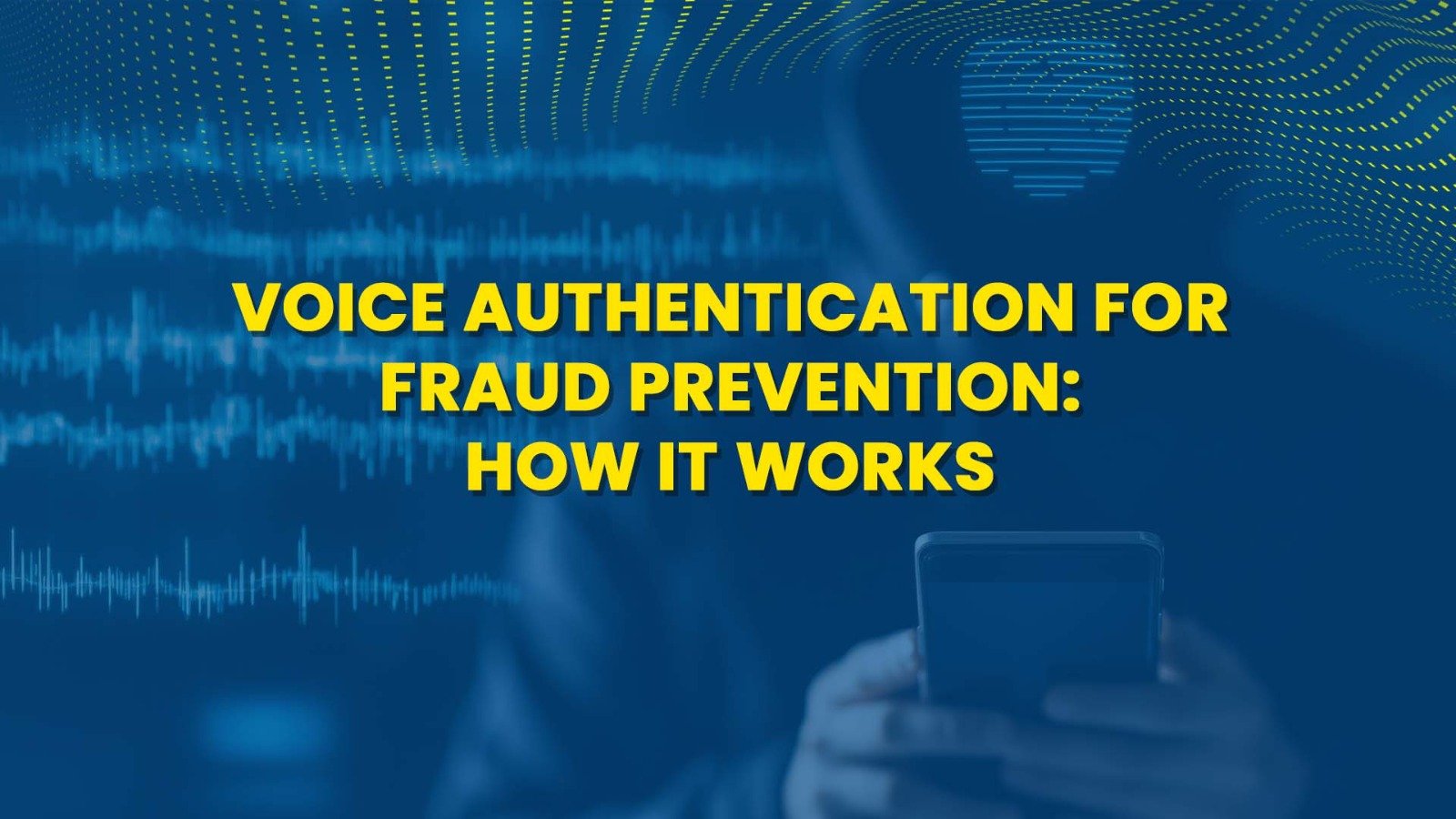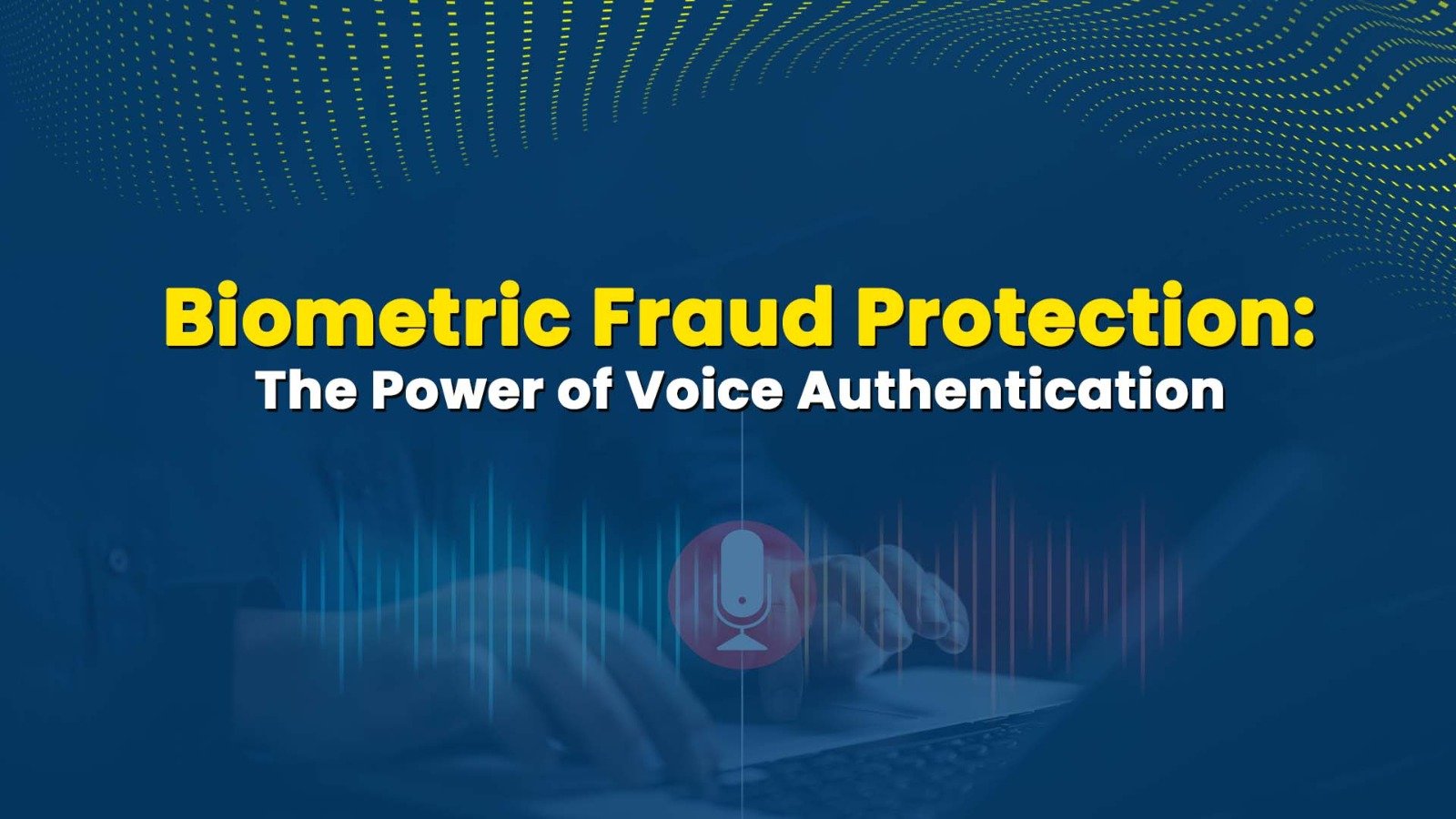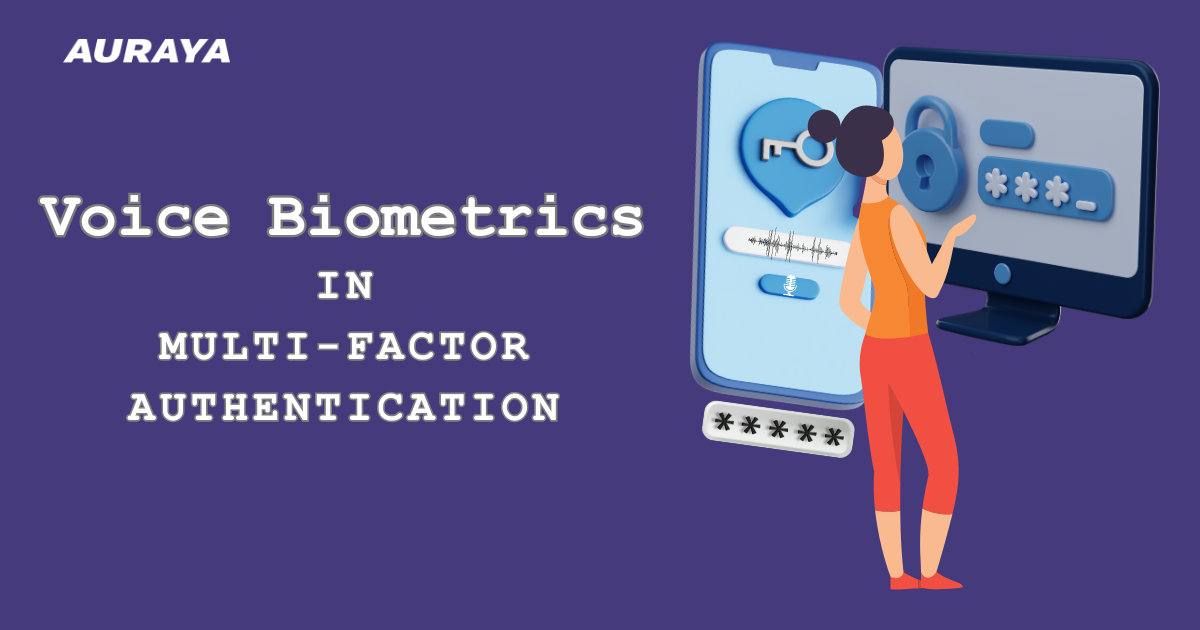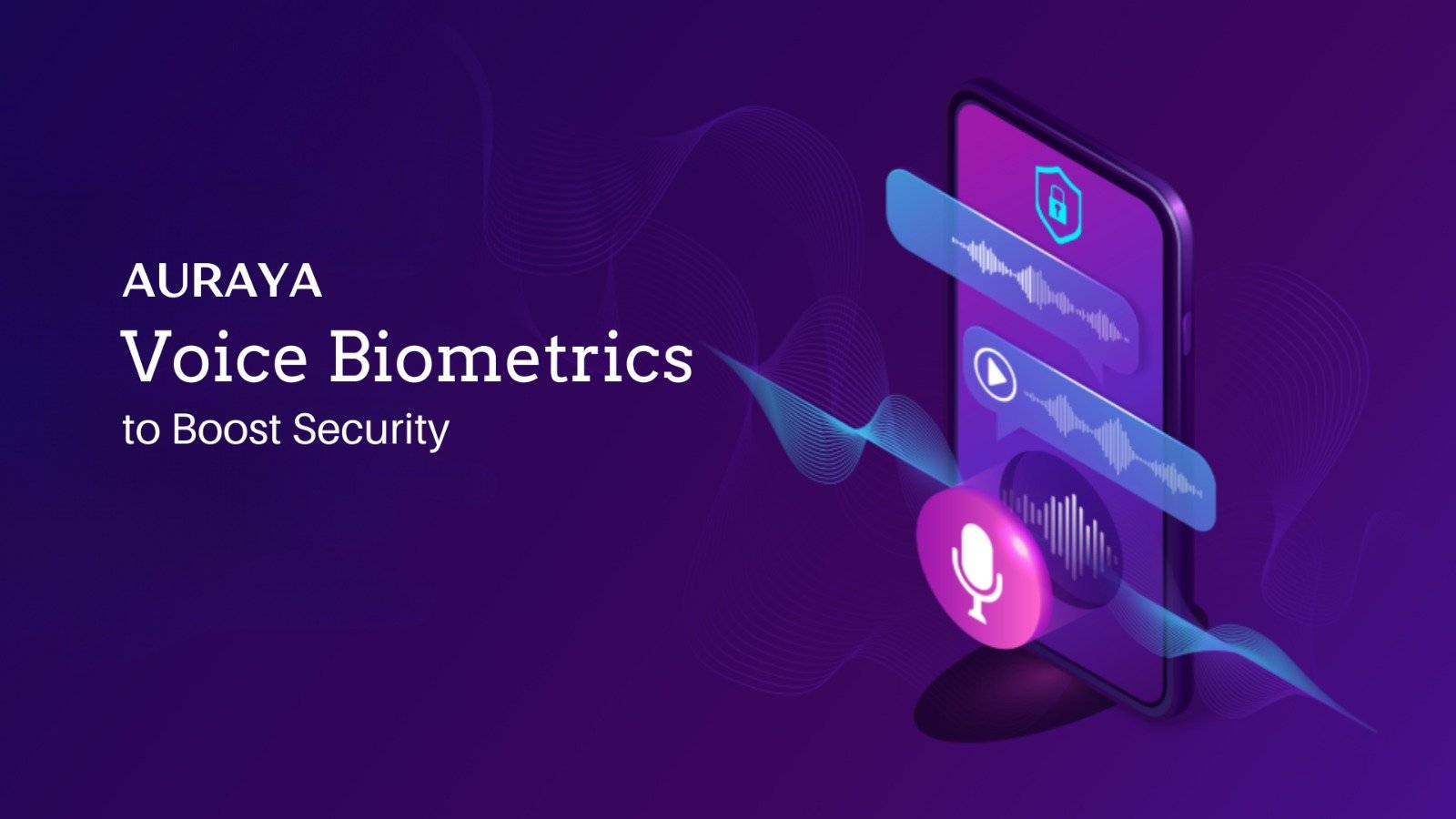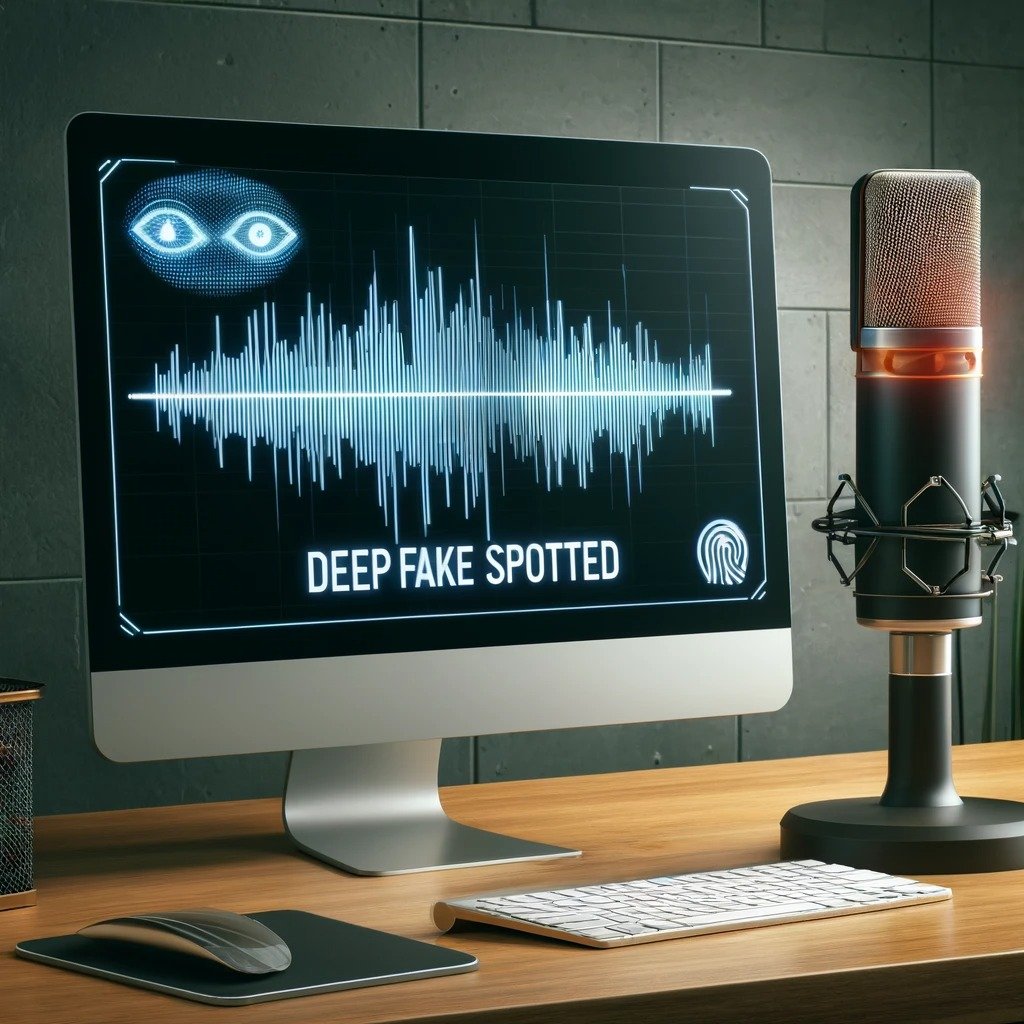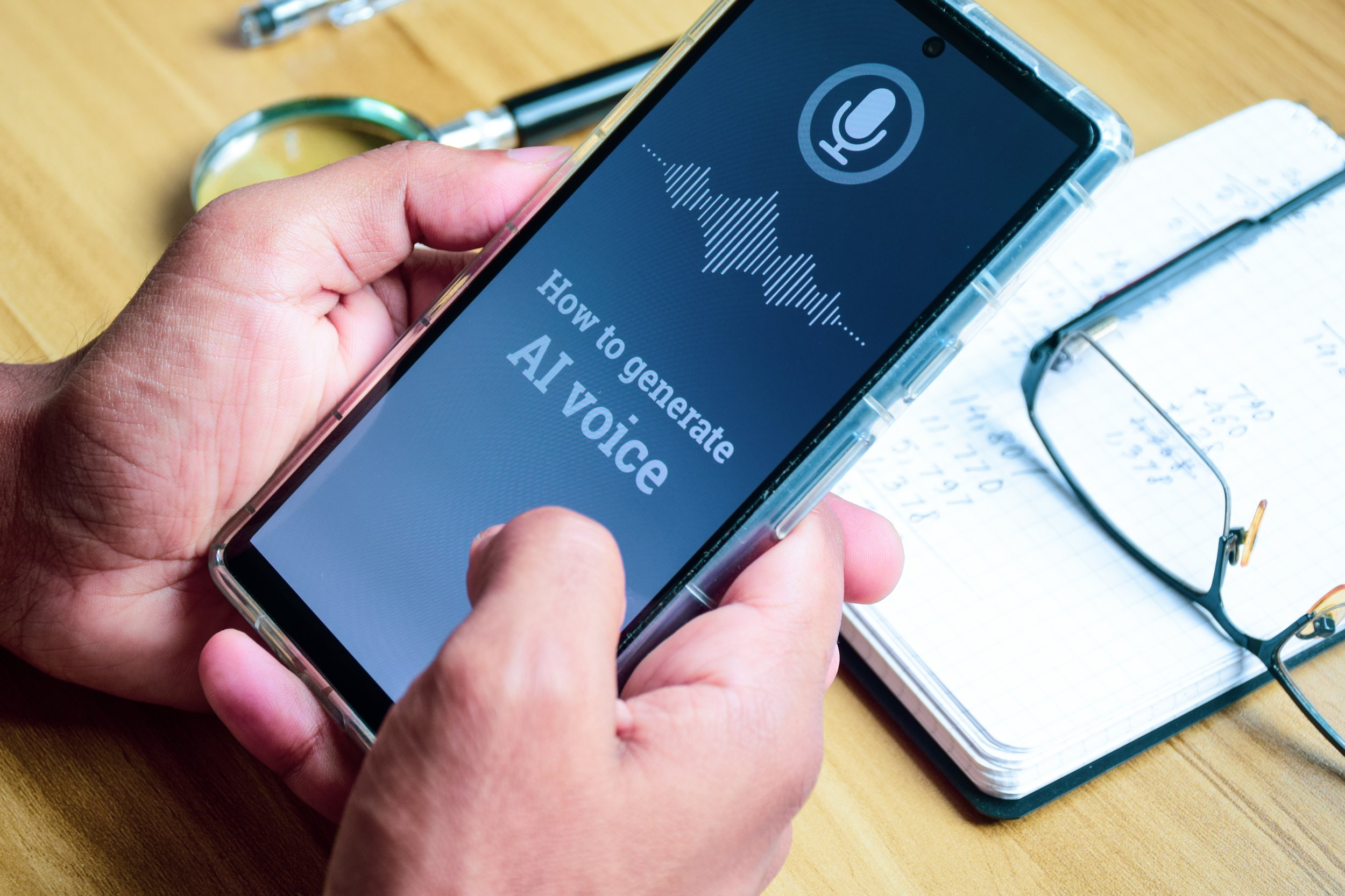Adding Voice Biometrics to Your Digital Identity
As more people have access to digital devices such as computers and mobile phones, digital identity has become a common way of verifying identity. In Idology’s Second Annual Consumer Digital Identity study (2019), the top 7 types of personal identity verification in the US were: social security number (85%), driver’s license (79%), date of birth (72%), home address (51%), mobile phone number (51%), passport (51%) and email address (47%). Most, if not all, of these can be used and provided digitally. Social security numbers, date of birth, home address and mobile phones are already universally used as forms of identification in digital and non-digital applications. Digital driver’s licenses already exist in other parts of the world such as Australia and digital passports will be available in the near future.
With the help of modern devices such as smartphones, biometric verification has been popularized and is now widely used. Biometric iris, facial and fingerprint recognition are used in mobile devices for purposes such as unlocking smartphones, securely logging into mobile apps such as banking apps as well as accessing locked content. Adding to the portfolio of biometric verification, voice biometrics can also be used in the same applications. Voice biometrics can be used to verify a person’s identity by analyzing their voiceprint and comparing it to the claimed identity’s voiceprint.
Voice biometric works by capturing the user’s unique voice traits and characteristics and extracting these to create a voiceprint. Now, to verify the user’s identity, the user simply needs to successfully match their own voiceprint with the saved voiceprint. Alternatively, voice biometrics can also be used for identification purposes where the user’s voice can be matched against a list of voiceprints saved in the database. Once the user’s voiceprint matches with one of the potential users saved in the database, their identity is revealed. Voice biometrics can be used to verify identity using snippets of conversational speech, however, the fastest and most secure match is achieved when using a unique text-dependent phrase such as a customer’s phone number or customer number as it acts as two layers of multi-factor authentication.
Voice biometrics today is already being used in many applications. Auraya, a world leader in voice biometric technology, has helped numerous reseller technology partners implement voice biometrics into their customers’ infrastructure. Auraya has helped deploy voice biometrics for both identity verification and fraud detection purposes across several key industries such as financial, government, telecommunications and healthcare. People are now able to verify their identity by simply speaking, providing a more secure and seamless user experience. Additionally, Amazon Connect, the AWS cloud-based contact center, has made it even easier to deploy a voice biometric solution with a turnkey voice biometric solution being available in minutes.


